Remember when the simplest things seemed monumental? The 1980s were a simpler time for students, when technology meant Oregon Trail on an Apple IIe and social media was passing notes in class. Those everyday routines we once took for granted have now become precious memories that transport us back to a time of big hair, neon colors, and the comforting predictability of school-day schedules. As we look back through the mist of nostalgia, these seemingly small moments were actually the building blocks of our formative years.
1. The Morning Cartoons Rush
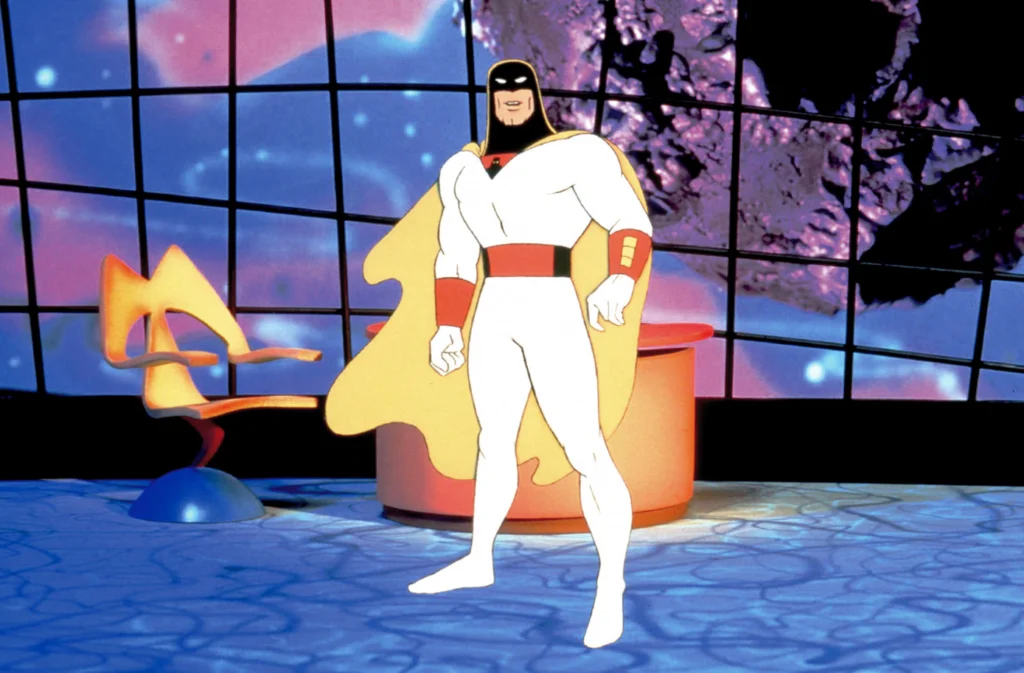
Waking up early enough to catch your favorite cartoons before the school bus arrived was nothing short of a military operation. The careful calculations of exactly how many minutes you could spare watching He-Man, Transformers, or The Smurfs while still having time to gulp down a bowl of sugary cereal was an art form. Those precious moments spent cross-legged in front of the television, still in pajamas with bedhead hair, somehow made the impending school day feel more manageable. KRCU puts a date to the golden age of the kind of cartoons that could banish all sleepiness.
The disappointment was palpable when mom or dad would inevitably call out “Time for school!” just as your show reached its climactic moment. You’d reluctantly switch off the set, knowing you’d have to wait a full 24 hours to find out if your heroes would save the day, creating a cliffhanger in your own little morning drama. These brief cartoon interludes were more than entertainment—they were the gentle transition between home comfort and school responsibility that helped us face the day ahead.
2. The Lunchbox Reveal
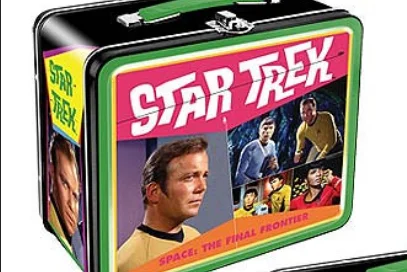
Opening your lunchbox in the cafeteria carried all the anticipation of a game show contestant waiting to see what prize was behind door number three. The moment of truth would arrive when you unlatched your metal Dukes of Hazzard or plastic Care Bears box to discover what your mother had packed—would it be the coveted PB&J with the crusts cut off, or the dreaded tuna sandwich that would make you a social pariah for the remainder of lunch period? The contents of that small container could literally make or break your social standing for the day. FinanceBuzz notes that some of these nostalgic containers are worth a pretty penny.
Trading items became a complex negotiation worthy of Wall Street, with Twinkies and Hostess cupcakes serving as high-value currency in this miniature economy. Sometimes you’d strike gold with a note from mom tucked between your sandwich and fruit roll-up, a small reminder that someone was thinking about you during those long hours away from home. In retrospect, those lunchtime exchanges taught us valuable lessons about bartering, diplomacy, and the universal truth that nobody ever wanted the kid with egg salad sitting next to them.
3. The Recess Dash
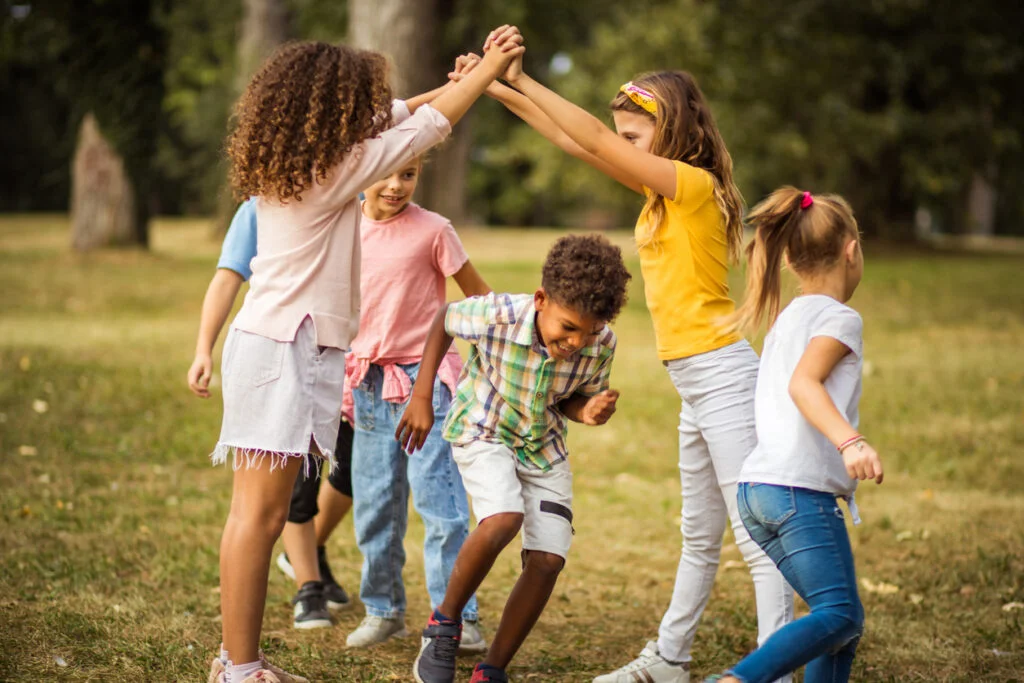
The moment the recess bell rang, a transformation occurred as classrooms erupted into controlled chaos and normally well-behaved children morphed into Olympic sprinters. Those precious 15 minutes represented freedom in its purest form, and getting to the best playground equipment first was a competition fiercer than anything seen at Madison Square Garden. The playground hierarchy was established daily—tetherball champions, swing set queens, and the elite few who dominated the monkey bars ruled their respective domains with benevolent authority. ProQuest writes that the origins of recess are actually traced back several centuries.
Every second counted in this microcosm of childhood liberty, where complex games could be invented, disputes resolved, and social bonds formed in the blink of an eye. The dreaded sound of the teacher’s whistle signaling the end of recess was universally acknowledged as the most disappointing sound in a child’s universe. Even as we reluctantly lined up to return to our academic pursuits, those brief moments of unadulterated joy recharged our spirits enough to survive until the next break—or, if we were lucky, until gym class.
4. Passing Notes
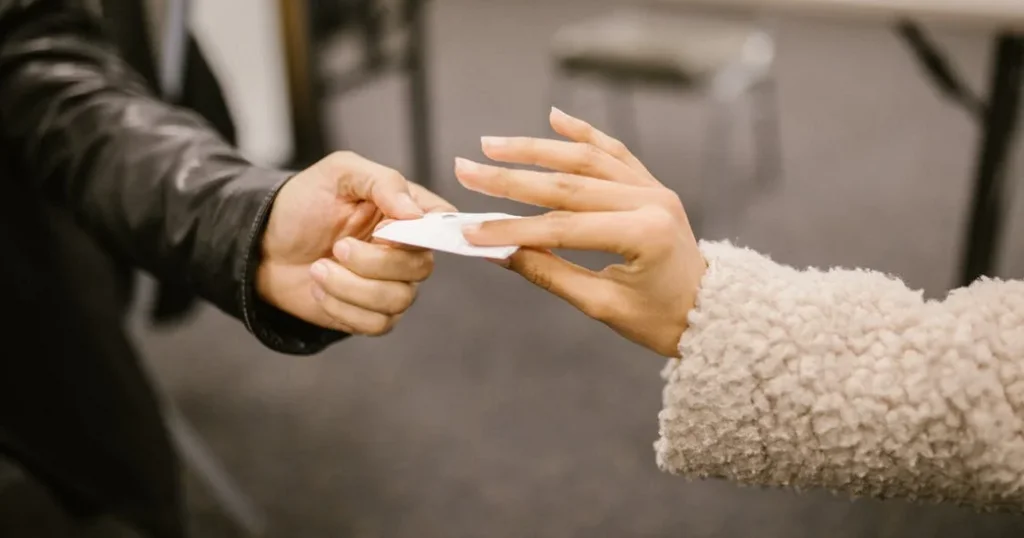
Long before text messages and social media, the fine art of note-passing was our primary communication network and the original “instant” messaging system. The carefully folded origami-like constructions—typically fashioned into elaborate triangles or rectangles that required specific unfolding techniques—contained messages ranging from pressing social updates to the eternally important question: “Do you like me? Check yes or no.” The thrill of successfully navigating a note across three rows without teacher detection provided an adrenaline rush comparable to any extreme sport.
The mortification of having a note intercepted and potentially read aloud was a social disaster of epic proportions that could haunt a reputation for weeks. These handwritten dispatches, often decorated with bubble letters or crude drawings, preserved conversations and secrets in a tangible form that today’s digital messages simply cannot replicate. Looking back, these notes were our first attempts at written expression outside of assignments, teaching us about audience, tone, and the consequences of putting thoughts on paper—lessons that served us well beyond the classroom walls.
5. Library Card Catalog Adventures
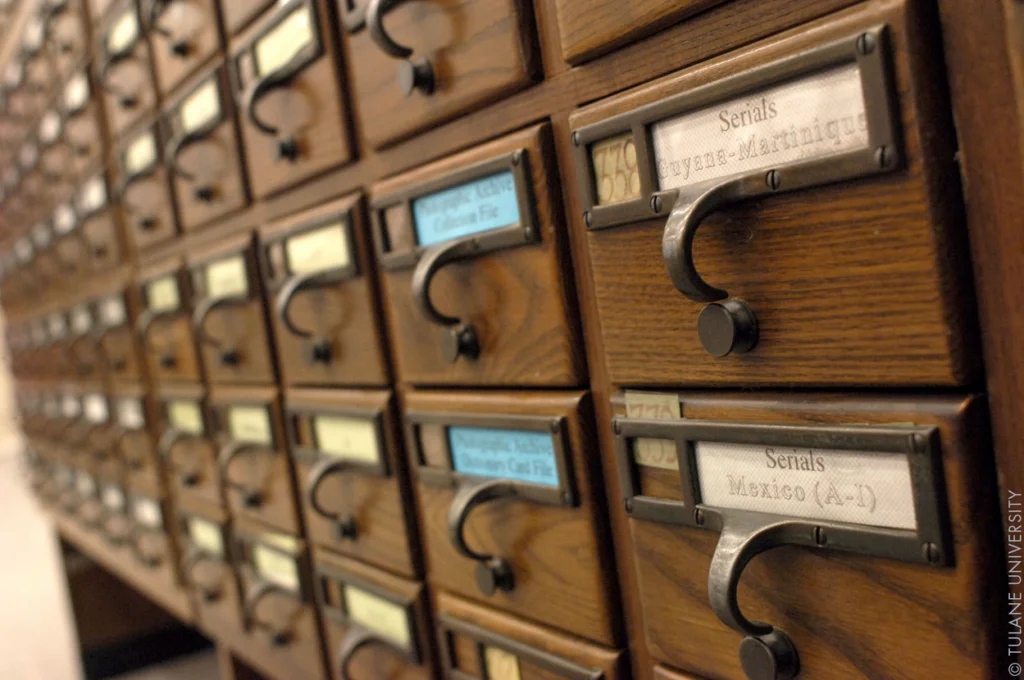
Before the internet put information at our fingertips, the school library’s card catalog was our search engine—a majestic wooden cabinet filled with thousands of 3×5 cards that held the key to all human knowledge. Learning to navigate the Dewey Decimal System felt like being initiated into a secret society of information gatekeepers, with the librarian as the all-knowing guru who could help locate that perfect book for your state report. The tactile experience of flipping through those cards, each one typed with care on a typewriter, connected us physically to the pursuit of knowledge in ways a Google search never could.
The disappointment of finding that the book you wanted was already checked out created genuine character-building moments of patience. Those precious library passes, often rationed by teachers like golden tickets, allowed for brief expeditions into this quiet realm during class time—a special privilege that made you feel like a true academic. The library, with its distinctive smell of paper and binding glue, served as a sanctuary from playground politics and classroom pressures—a place where even the most socially awkward child could find companionship in the pages of a good book.
6. The Filmstrip Anticipation
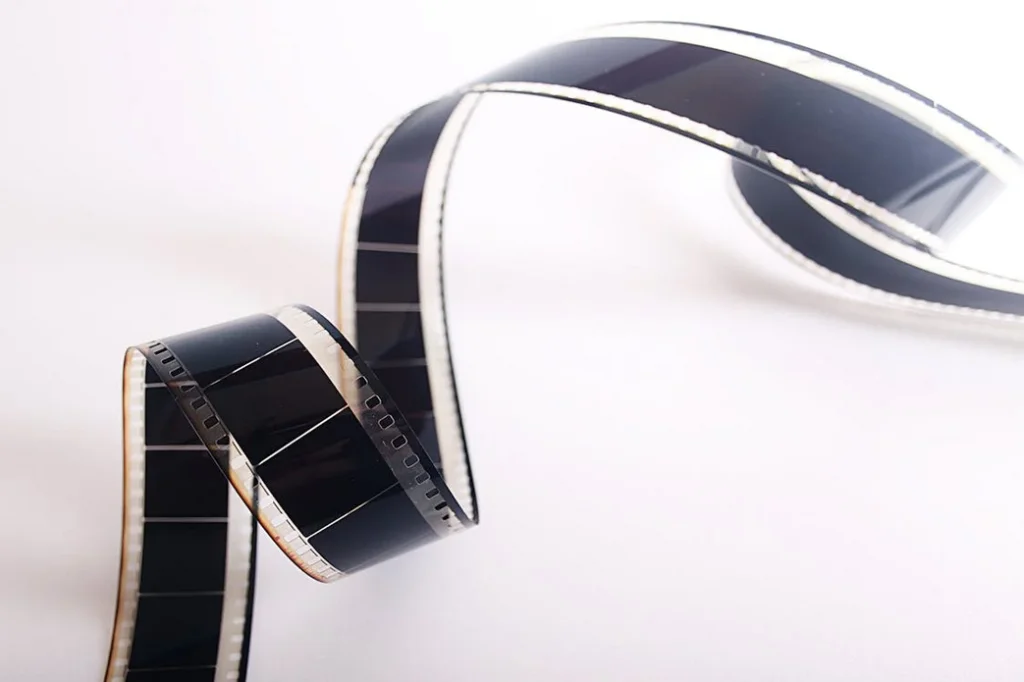
The appearance of the film projector in the classroom instantly transformed an ordinary school day into something magical—even if the content was educational. The ritual of choosing a student to be the projectionist bestowed a responsibility so significant it might as well have come with a ceremonial robe. As the lights dimmed and the distinctive sound of the projector’s fan filled the room, a collective excitement rippled through the class, amplified by the possibility that the teacher might momentarily fall asleep, allowing for whispered conversations or note-passing under the cover of darkness.
Those filmstrips with their accompanying cassette tapes and signature “beep” signaling the operator to advance to the next frame created a multimedia experience that, while primitive by today’s standards, seemed cutting-edge at the time. Even the most boring topics—the water cycle, proper dental hygiene, or the life cycle of frogs—became tolerable when presented in this format. The technological malfunctions—a jammed filmstrip, tangled tape, or burnt-out bulb—created unplanned extensions to these mini-vacations from regular classroom work, much to the delight of students and the frustration of teachers.
7. School Picture Day Pressure
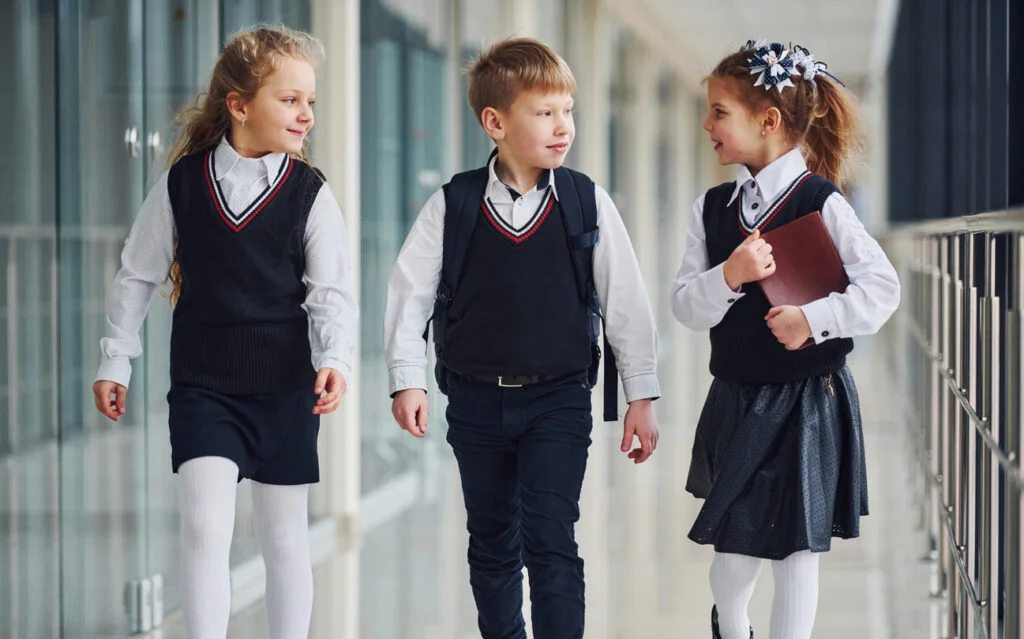
Few days carried more significance in the annual school calendar than Picture Day—a high-stakes fashion event that would produce the image your relatives would scrutinize and your future self would either treasure or hide. The agonizing decisions about your outfit, often laid out the night before with the precision of a military campaign, reflected an understanding that this single snapshot would represent you in the yearbook for all eternity. Mothers across America wielded combs and hairspray with unusual determination that morning, often ignoring protests that certain hairstyles were “totally uncool” in their quest for perfection.
The actual photo-taking process lasted mere seconds but carried the weight of history, as the photographer offered minimal direction beyond “chin up” and “smile naturally”—perhaps the most contradictory instruction ever given to a nervous child. The two-month wait for the photo packet to arrive felt interminable, only to be followed by the inevitable disappointment that your smile looked forced, your cowlick defied gravity, or you blinked at the precise moment the shutter clicked. Despite these common letdowns, school pictures captured authentic time capsules of our awkward phases, bad fashion choices, and genuine childhood expressions—unfiltered by today’s selfie culture and photo editing apps.
8. Book Fair Euphoria
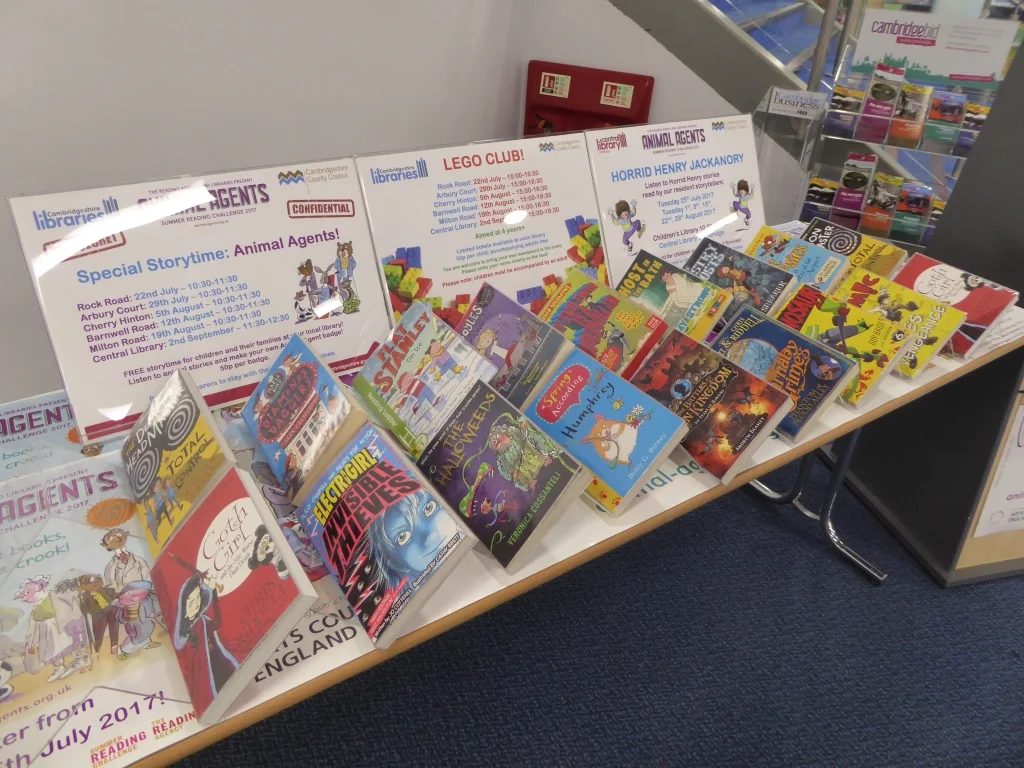
The Scholastic Book Fair’s arrival transformed the school library or gymnasium into a literary wonderland that rivaled the excitement of a carnival midway. The colorful displays of books, posters, pencils, and erasers shaped like tacos created an irresistible sensory experience that made reading seem rebelliously cool. Armed with carefully saved allowance money or a check from parents with stern instructions about spending limits, students navigated the displays with the serious contemplation of seasoned shoppers, weighing the merits of another “Choose Your Own Adventure” book against the allure of a new “Sweet Valley High” installment.
The pressure to make the right selection was intensified by the knowledge that you only had one shot during your designated class time—unless you could convince a teacher to write a special pass for a return visit. Book fair purchases came with unique social capital—the right selection could spark conversations, cement friendships, or establish your identity as the kid with good taste in reading material. Beyond the immediate joy of new books, these fairs kindled lifelong reading habits and created cherished memories of the special books that would never have found their way into our hands without this magical temporary bookstore that appeared and disappeared like a literary Brigadoon.
9. Overhead Projector Spotlight
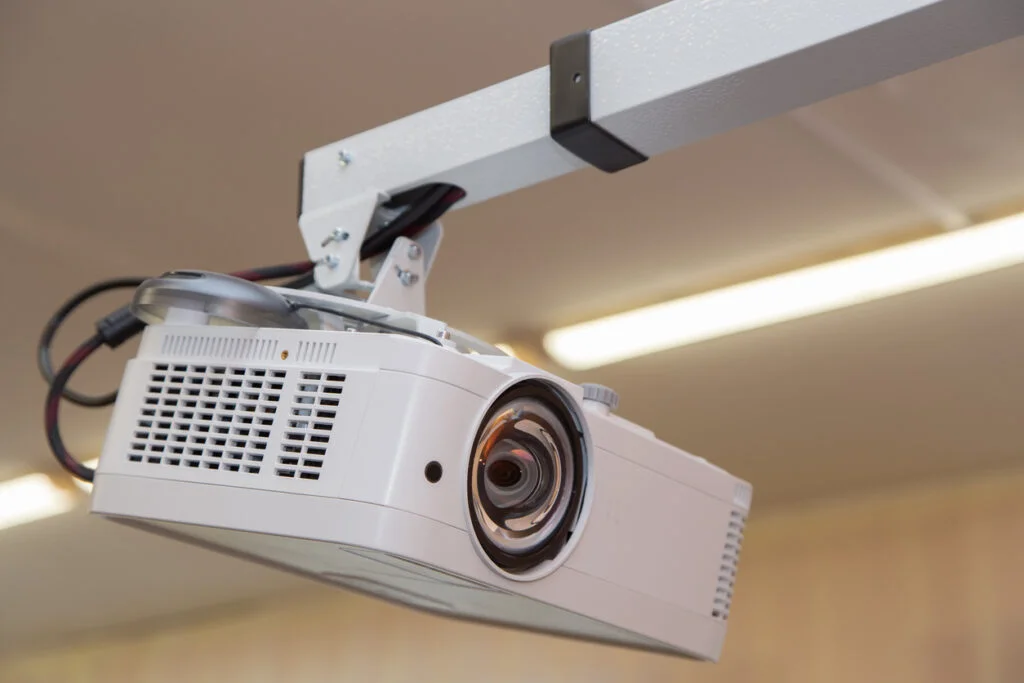
Before PowerPoint presentations and smart boards, the overhead projector reigned supreme as the pinnacle of classroom technology, turning any teacher into a shadow-puppeteer with educational intent. Being selected to be the teacher’s assistant who carried transparencies or operated the machine elevated your status to that of a minor celebrity, at least for that class period. The hypnotic allure of watching your teacher write on transparent sheets with those special markers created an atmosphere of reverence that somehow made multiplication tables or grammar rules more palatable when illuminated on the wall.
The mishaps—a teacher accidentally using permanent markers instead of dry-erase, the startling brightness when someone bumped the arm and projected ceiling light instead of content, or the inevitable overheating that filled the room with the distinctive smell of hot dust—provided memorable interruptions to the lesson plan. While seemingly simple technology by today’s standards, those projected transparencies with their layers of information and colorful overlays represented a multimedia approach to learning that engaged our visual senses and provided welcome variety to the standard chalkboard presentations. Years later, many of us would unconsciously mimic our teachers’ overhead projector techniques when giving our first professional presentations, proving the lasting impact of this educational technology.
10. Classroom Jobs Assignment Day
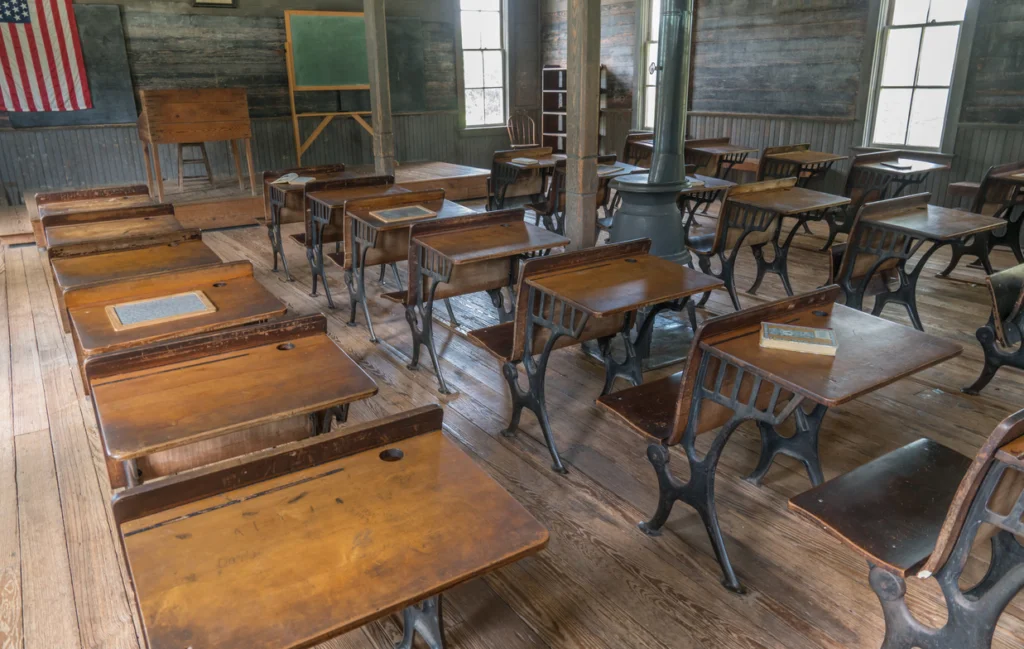
The annual or monthly ritual of assigning classroom jobs created a microcosm of adult responsibility that made students feel genuinely important in the functioning of their educational world. The hierarchy of desirability was universally understood—line leader and messenger represented the executive class, while chalkboard eraser cleaner and floor monitor languished near the bottom of the prestige ladder. The carefully designed rotation charts with their movable name cards or colorful pushpins ensured everyone would eventually experience both glory and humility in the classroom economy.
These small responsibilities—watering plants, collecting homework, or distributing supplies—fostered a sense of ownership in the classroom community that modern educational philosophies still strive to create. The pride in performing these simple tasks well often outweighed the actual importance of the job itself, teaching valuable lessons about work ethic and consistency that would serve us well beyond our school years. Looking back, these classroom jobs represented our first steps toward understanding how societies function through shared responsibility and the satisfaction that comes from contributing to a communal environment—concepts we’d encounter repeatedly throughout adult life.
11. The School Supplies Shopping Ritual
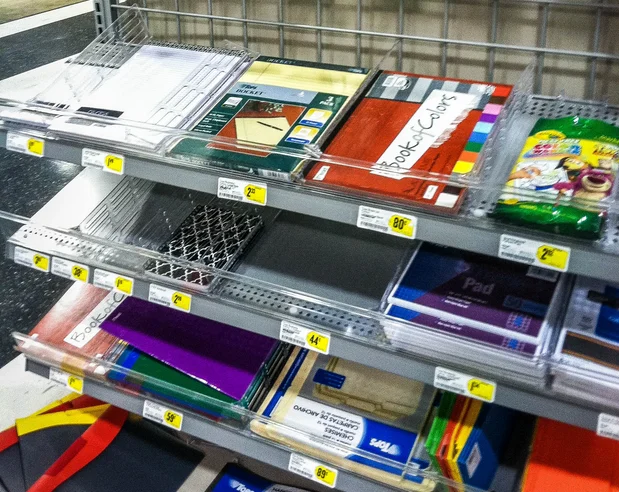
Armed with the sacred supply list mailed home in August, families embarked on annual pilgrimages to local department stores for the ceremonial gathering of educational tools. The selection of the perfect Trapper Keeper—that holy grail of organization with its velcro closure and customizable cover—was a decision approached with the gravity normally reserved for major life choices. Hours could be spent deliberating between designs featuring unicorns, sports cars, or geometric patterns, knowing this selection would make a definitive statement about your personality for the entire school year.
The sensory experience of these shopping expeditions—the smell of fresh vinyl binders, the satisfying crack of opening a new box of crayons, the feel of running your fingers across untouched notebook paper—created a unique form of anticipation that signaled summer’s end and new beginnings. Despite parental sighs over the expense, this ritual represented an investment in possibility—fresh supplies symbolized a clean slate, a chance to be more organized, more creative, or more academically successful than the previous year. These memories explain why, decades later, many adults still feel an inexplicable urge to buy school supplies each September, drawn to that combination of potential and possibility that new notebooks and freshly sharpened pencils represent.
12. Fire Drill Theater
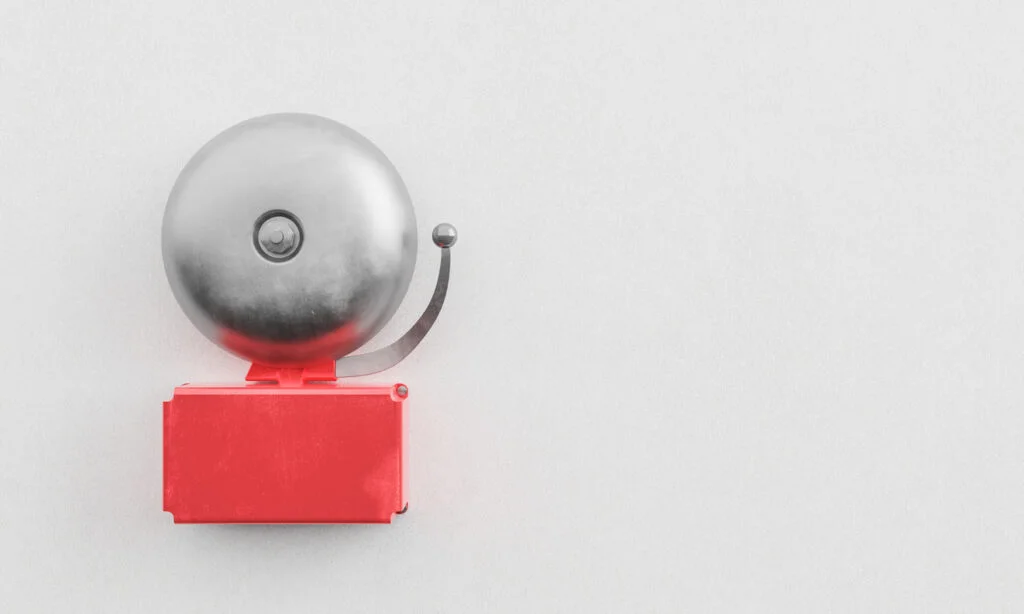
The sudden blaring of the fire alarm transformed ordinary school days into unexpected adventures, complete with the thrilling uncertainty of whether this was merely a drill or an actual emergency. The choreographed chaos that followed—lining up with practiced precision, walking silently through hallways while secretly hoping for a glimpse of smoke (from a safe distance, of course), and the forbidden delight of an unscheduled outdoor break—created a welcome disruption to the predictable school routine. Teachers who normally preached composure would suddenly display a fascinating urgency, clipboard in hand, counting heads with the intensity of someone actually expecting to find a student missing.
Standing in neat rows on the playground or field, students mastered the art of looking appropriately serious while silently celebrating this legitimate excuse to avoid classwork or postpone tests. The prolonged drills during inclement weather added another layer of adventure—huddling under coats in the rain or shivering dramatically in the cold created shared experiences and stories that would be recounted with increasing embellishment throughout the day. These practice emergencies, while serving a genuinely important safety purpose, also provided unexpected social opportunities to interact with students from other classes, observe teachers in their unguarded moments, and briefly experience the school building from a different perspective—empty, echoing, and slightly forbidden.
The routines that punctuated our 1980s school days may seem quaint in an era of smartphones, online learning, and virtual everything, but their simplicity allowed for genuine connection and presence that today’s digital natives might envy. These small rituals created a framework that helped us navigate childhood’s challenges and celebrations, providing secure boundaries within which we could safely experiment with independence and responsibility. As we reminisce about these seemingly ordinary moments, perhaps what we’re really remembering is the comforting predictability they brought to our young lives—a nostalgic reminder that sometimes the little things truly are the big things after all.


